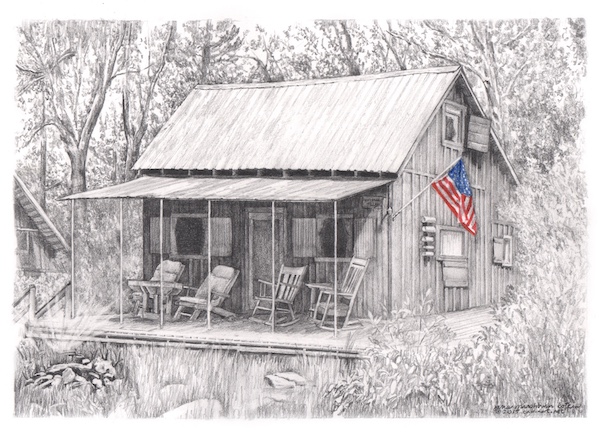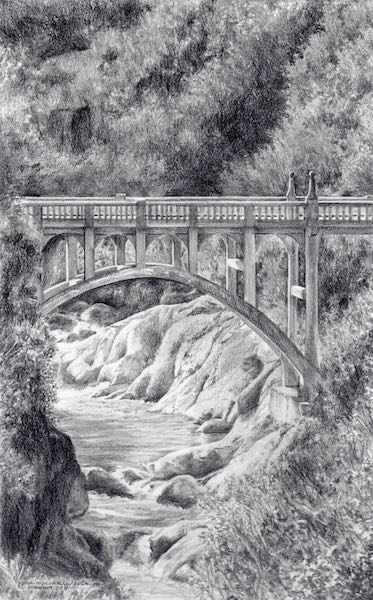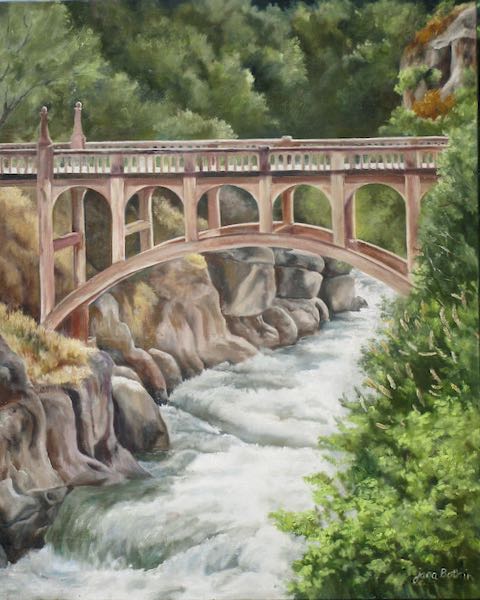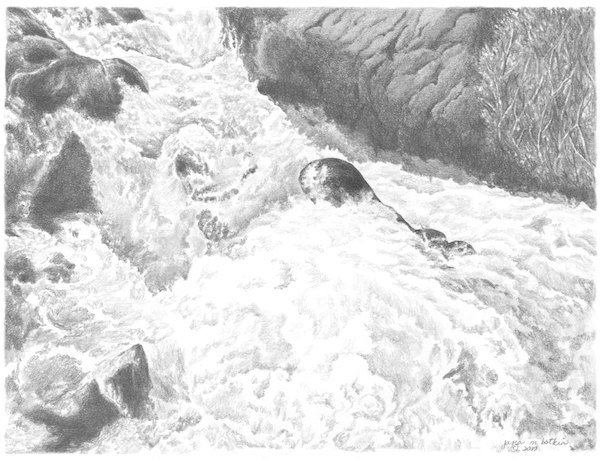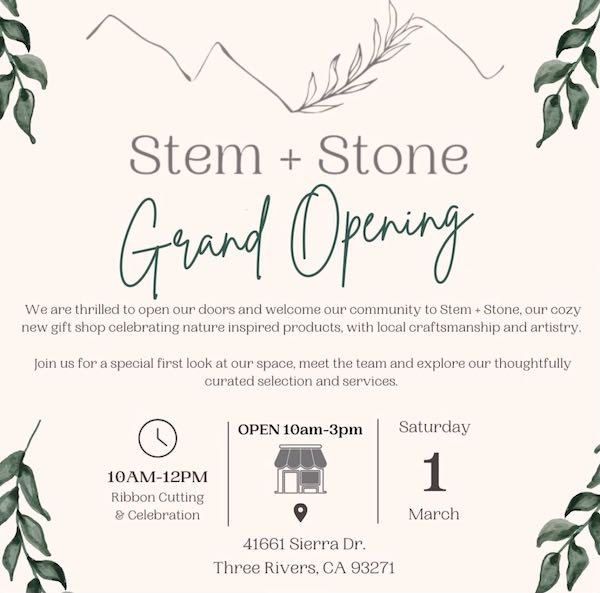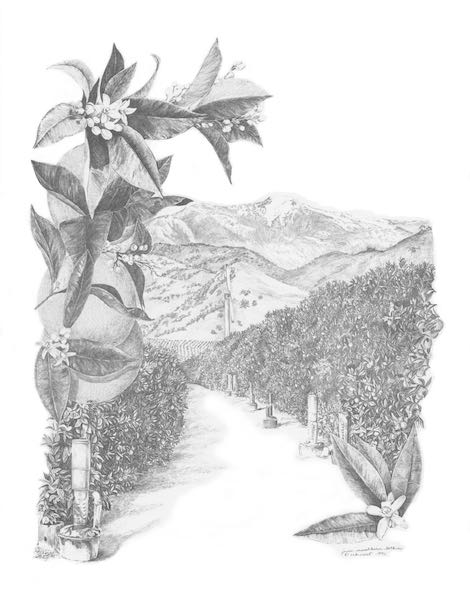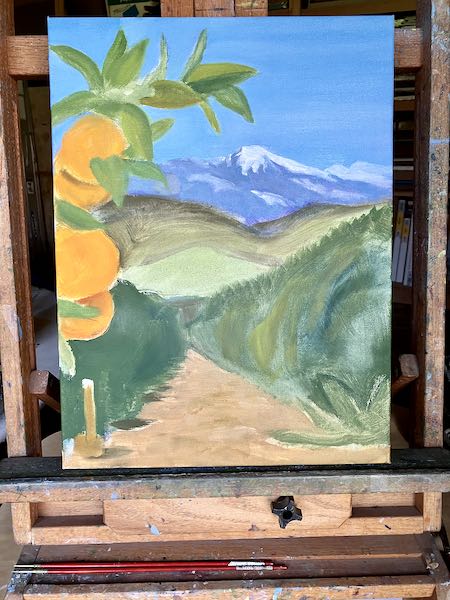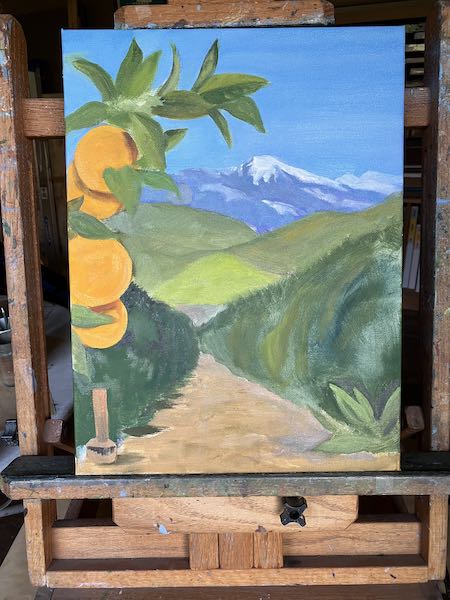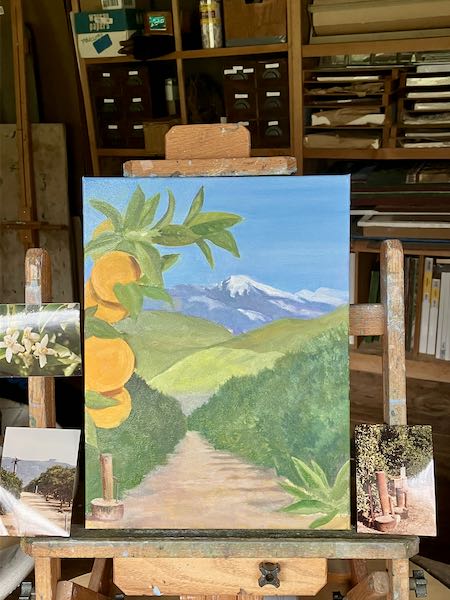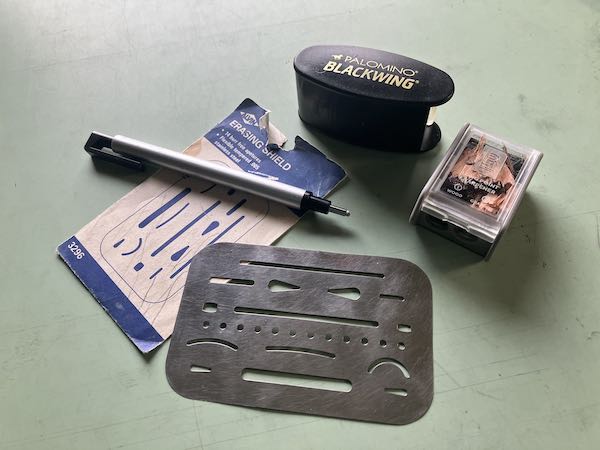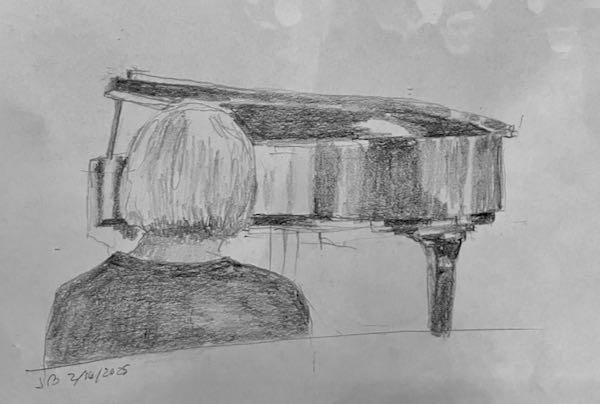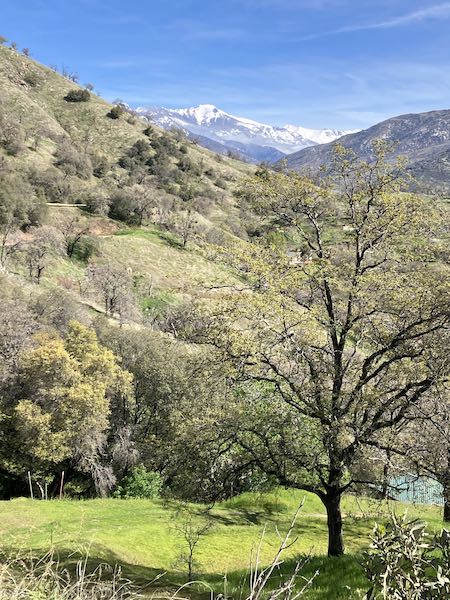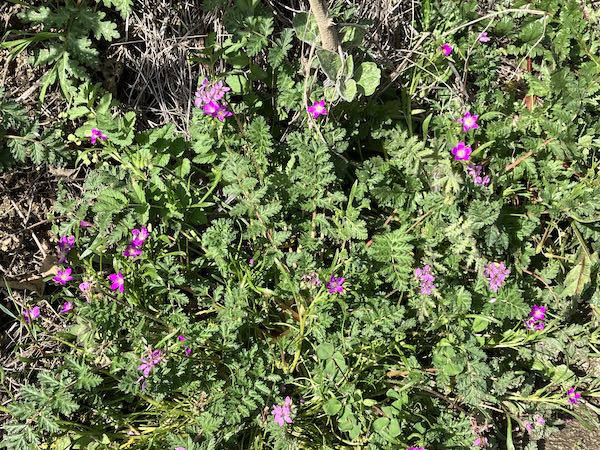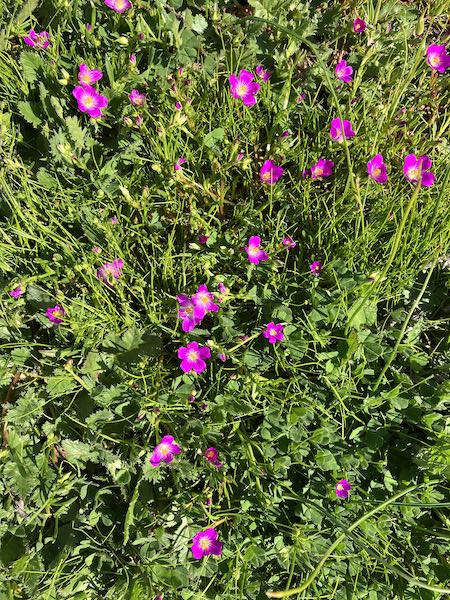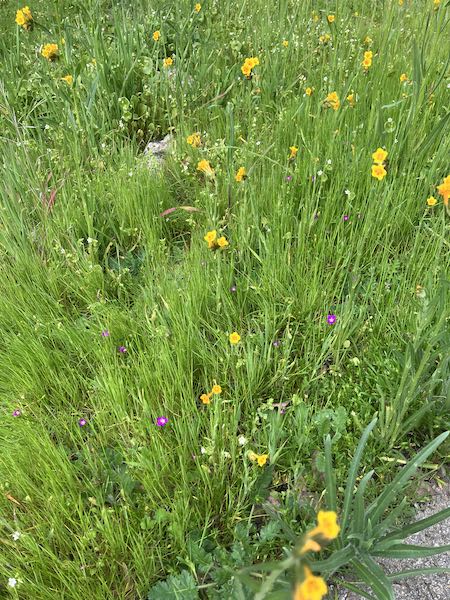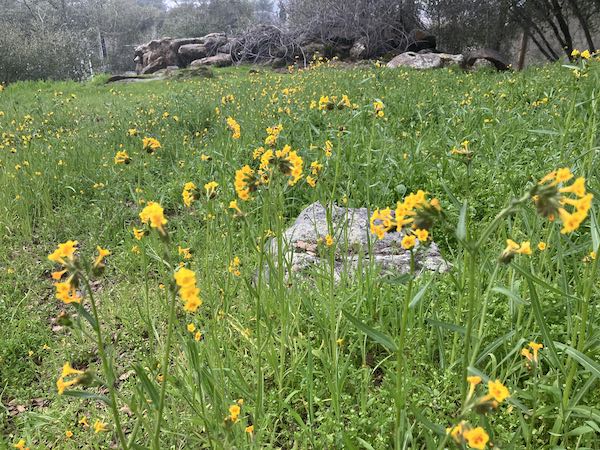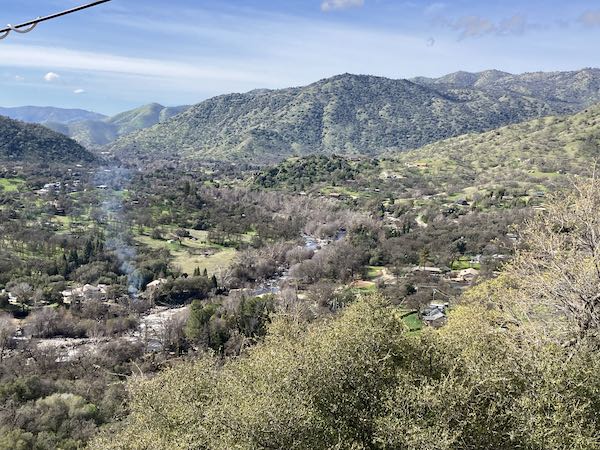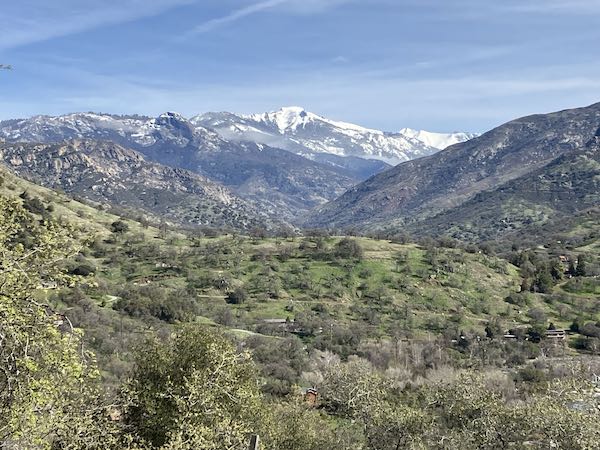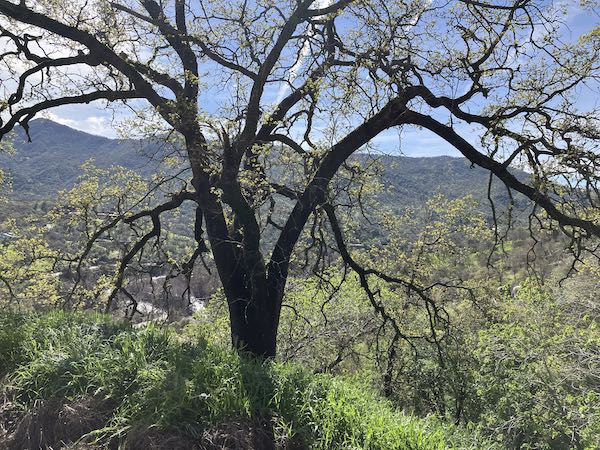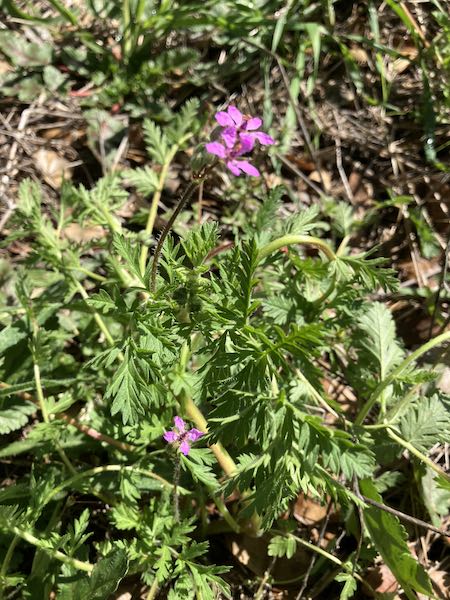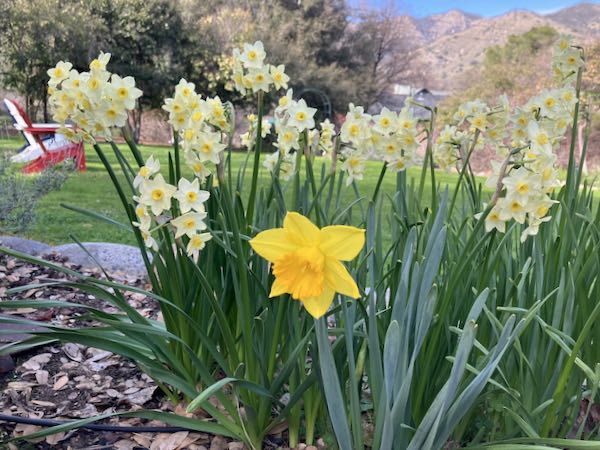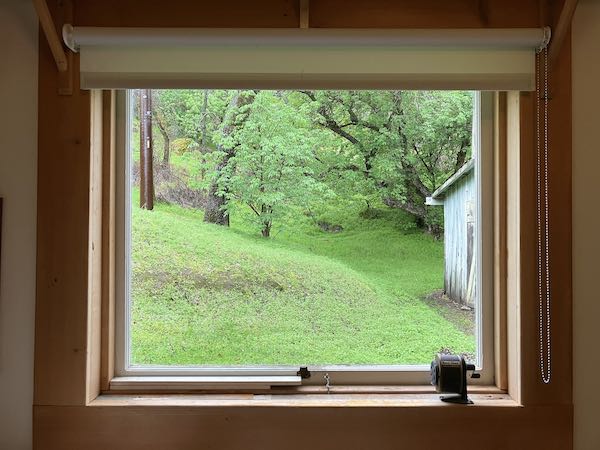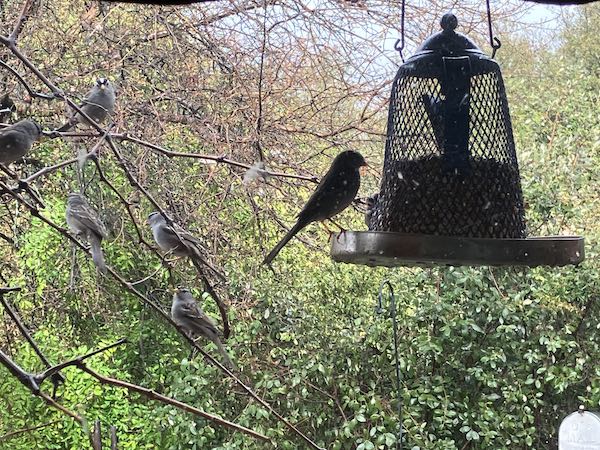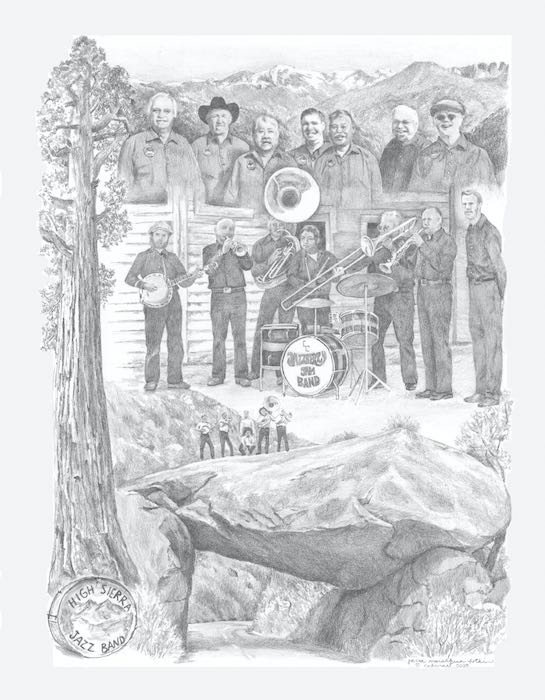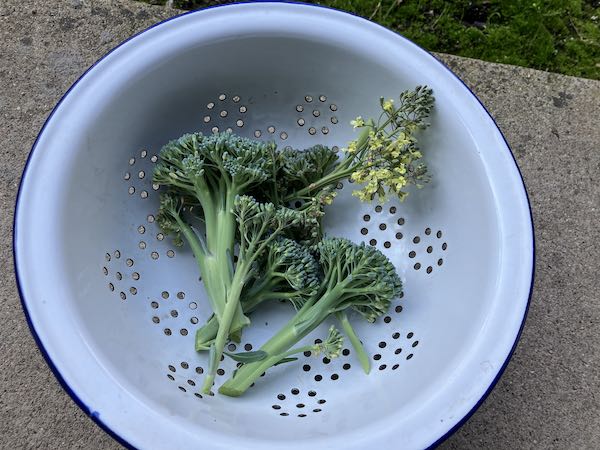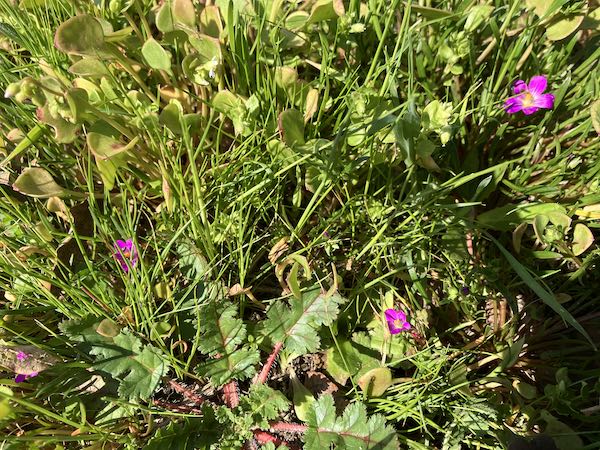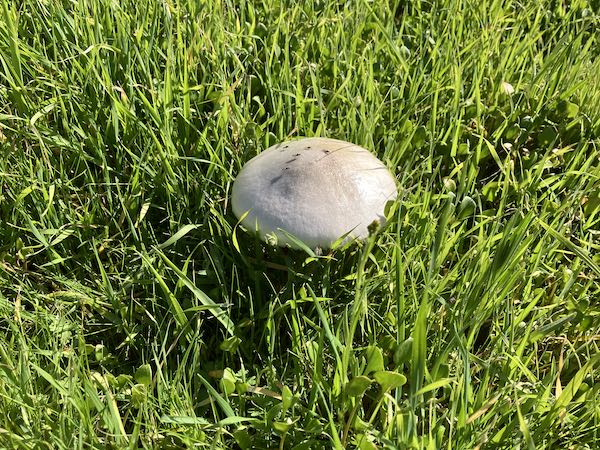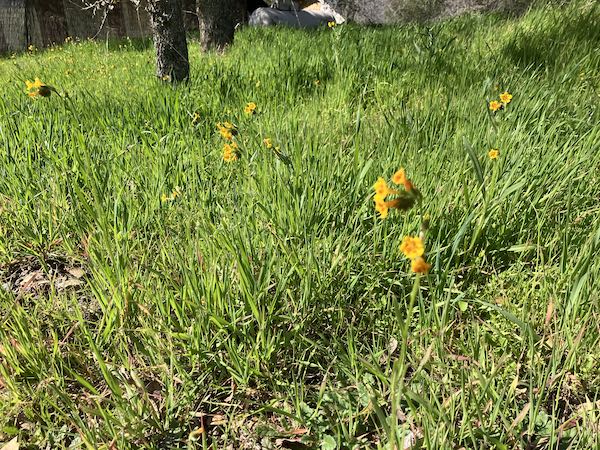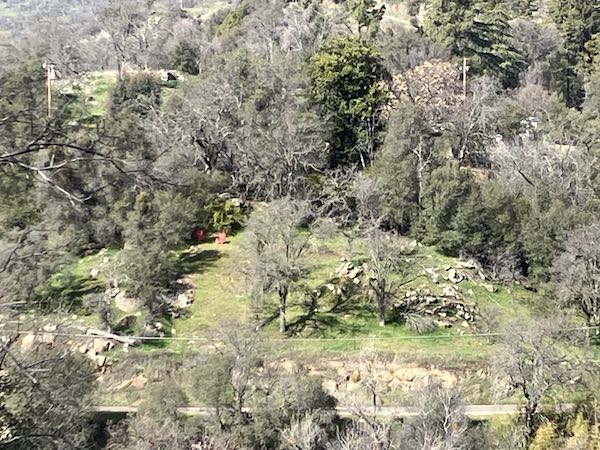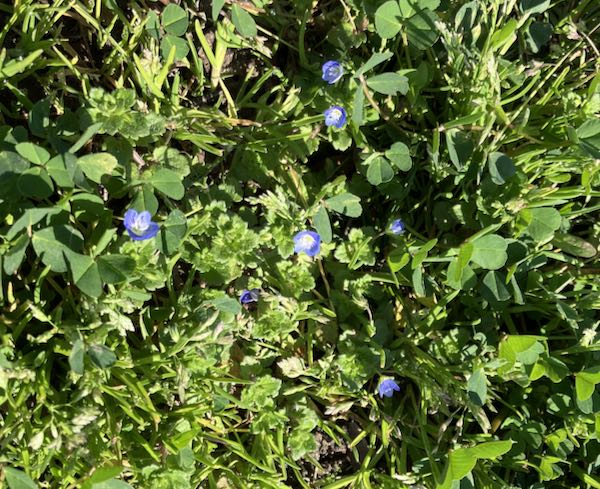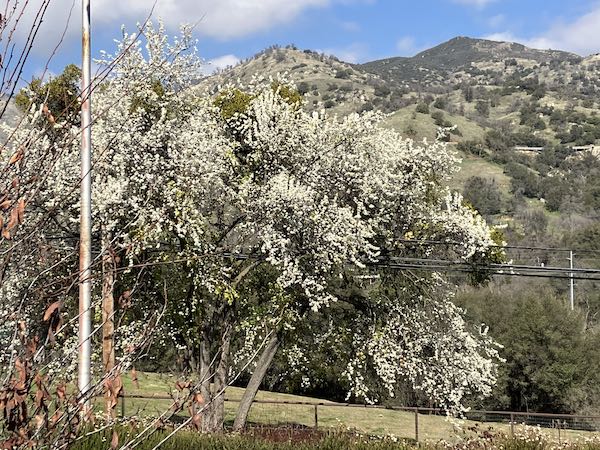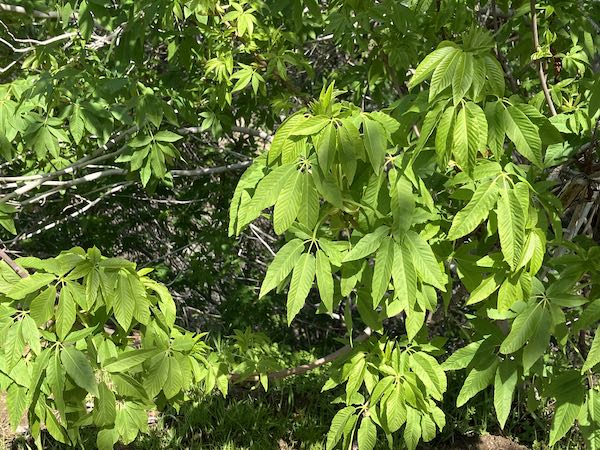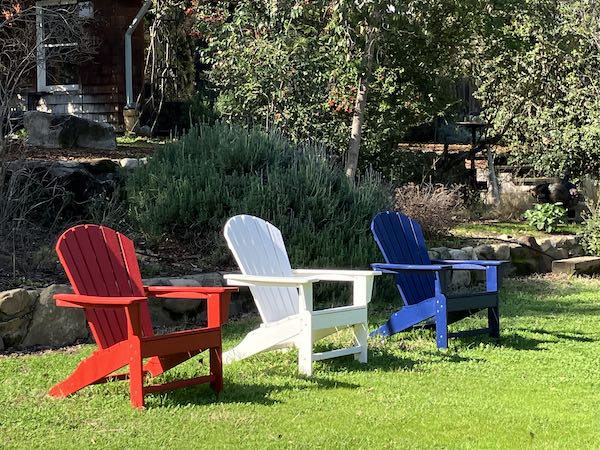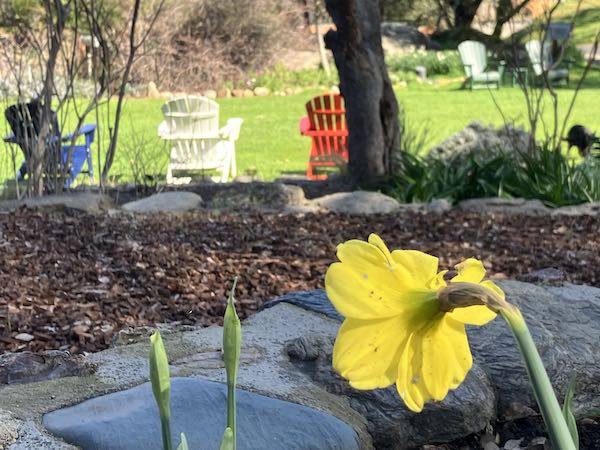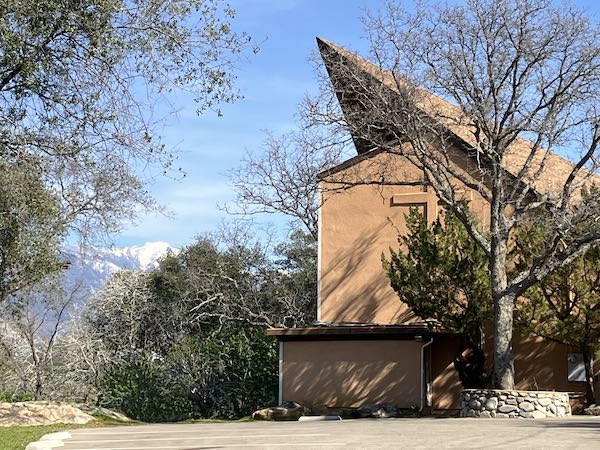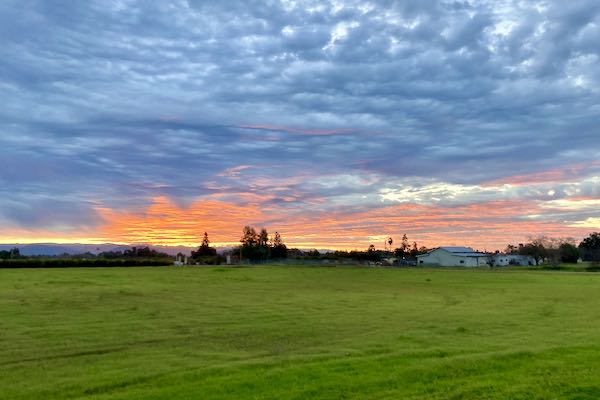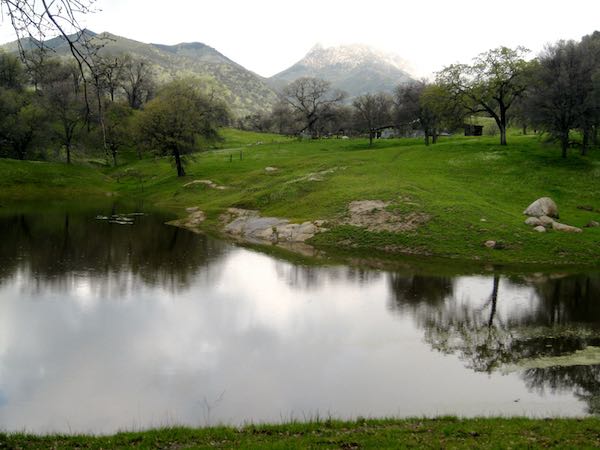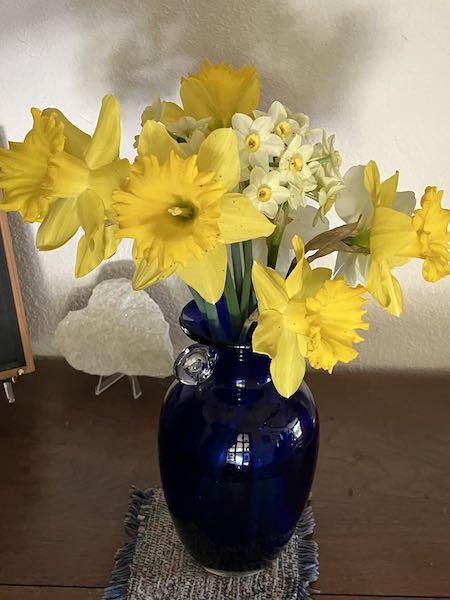
Since I learned almost nothing in January, I decided to keep better track in February. I probably learned lots in January, but just didn’t keep track.
- There are alternatives to Snopes for checking on “facts” or urban myths. Factcheck.org and That’sNonsense.com. They didn’t seem very easy to use; I couldn’t find anything about microwaved water killing plants. But websites are notoriously difficult to navigate the first time someone tries. This someone, anyway.
2. Duckduckgo is the search engine I use instead of Google, along with Safari, which is the Apple web browser. Now Duckduckgo has a web browser designed for Mac. I tried it. I like it. The whole idea is to not be tracked, and then targeted for ads based on Google’s estimate of your income combined with your interests. (STOP STALKING ME ALREADY!)
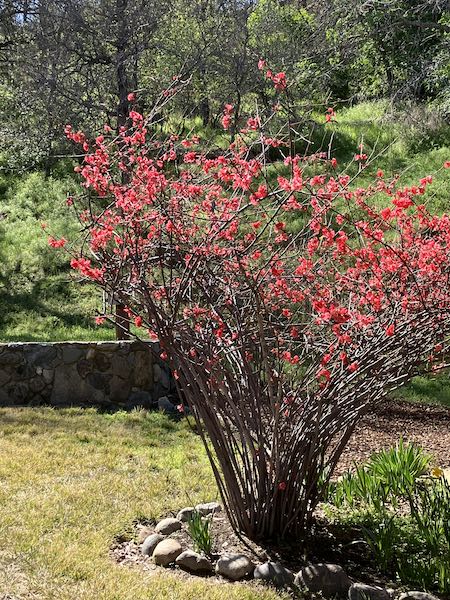
3. Clint Black gave a concert in Visalia at the Fox Theater AND I LEARNED ABOUT IT THE NEXT DAY! Yeppers, I would have gone to hear him. Phooey.
4. Amy Grant had open heart surgery?? She is a year younger than me! I saw her at the Visalia Fox Theater about 10 or so years ago.
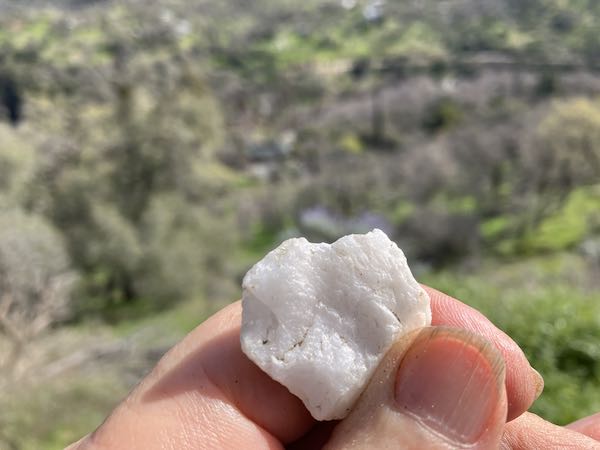
5. Mike Rowe interviewed Alex Epstein on his podcast, The Way I Heard It, episode 423. I don’t know who this guy is, but he said something that piqued my interest: We didn’t have a perfect and safe planet which we then ruined with fossil fuels; we had a dangerous hostile planet which we made safer and more comfortable with fossil fuels. (I am paraphrasing, since I was pulling weeds while listening, not taking notes.) This is the opposite of the prevalent view of things. He has a couple of books which I am probably not going to wade through, since I only grasped about 1/3 of what he was talking about. Maybe I’ll look up his books on Bookpecker, which summarizes books for lazy people like me.
6. An online friend sent me a recipe to make ranch dressing from scratch. It is very convincing and a nice treat from my usual balsamic vinegar with olive oil.
7. A guy in Canada traded his way from a red paper clip up to a house in 2006. Weird, fun, and here is the link to the article about it. From paper clip to house. (It’s a short article). He has a blog called One Red Paperclip, has written a book by the same title, gave a TED talk, and there is even a cafe called the Paperclip Cottage Cafe in the town where he got the house. Isn’t it weird is that I am hearing of it for the first time almost 20 years later? Now I will check the local library to see if the book is available.
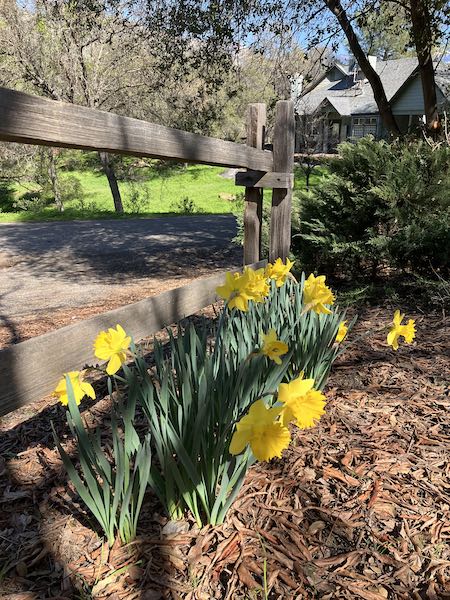
8. I actually CAN draw faces smaller than eggs; sometimes I can capture a likeness, but it is more likely I will be drawing people cousins by accident. (And I learned that I don’t charge enough.) The drawing has been removed from this post because it is meant to be a surprise.
9. Dawn, the excellent blue dish soap, added a terrible fragrance. We kept smelling something perfumey and unpleasant, traced it to the Dawn, and then I looked online and learned that many of their customers are unhappy but they have no plans to return to “Classic Coke”. (Remember that marketing fiasco?) They will be sending me a coupon to try another variety of Dawn. Meanwhile, we will use bargain dishsoap from the local hardware store. (The memory of that horrid smell is haunting me; maybe I’ll buy Dawn again, and maybe I won’t.)
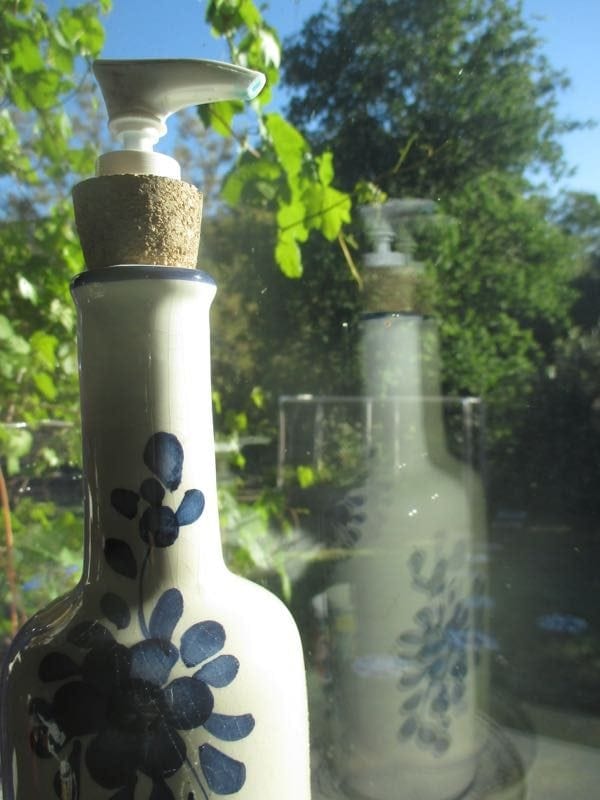
10. Do you like “waste, fraud, abuse, and corruption”? I’m not sure anyone does. Unfortunately, the current campaign against such things is wiping away some local jobs. Instead of using a surgical method, there is a broad sweeping arm brushing them off the map in what feels like callous and careless decisions, without regard to whether or not the jobs are wasteful, fraudulent, or an abusive and corrupt use of our tax dollars. I sure wish it was being done with more precision and care. Meanwhile, there is a rumor that the local job loss is due to the administration of our local national park not getting the budget turned in on time. I certainly hope that more will be revealed.
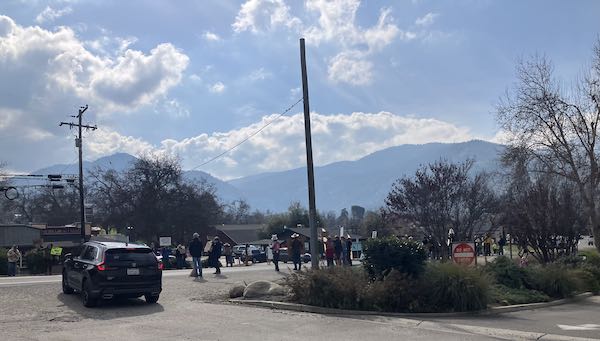
The most learning took place in the shortest month. . . go figure.
P.S. I also learned about Publishers Clearing House from Mike Rowe’s podcast. Fascinating story about something I have never understood.
